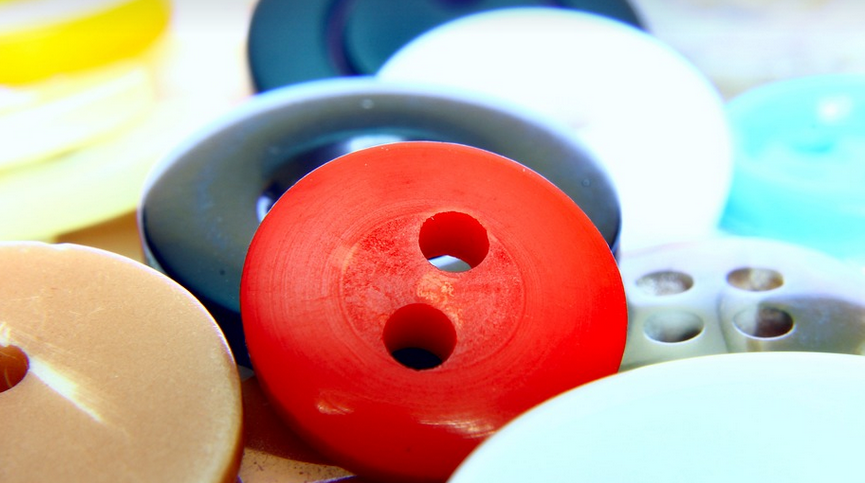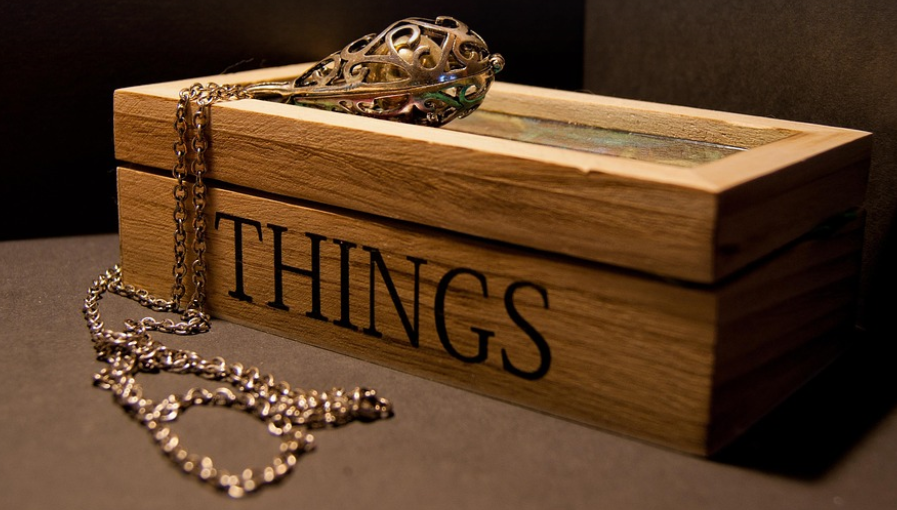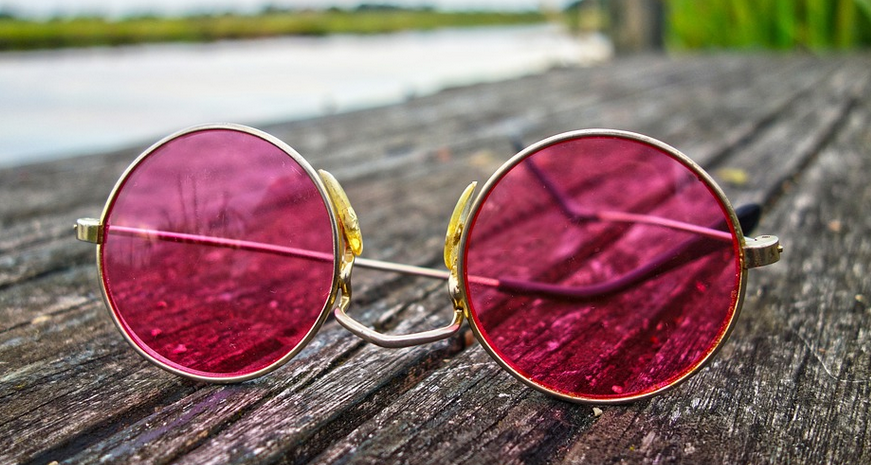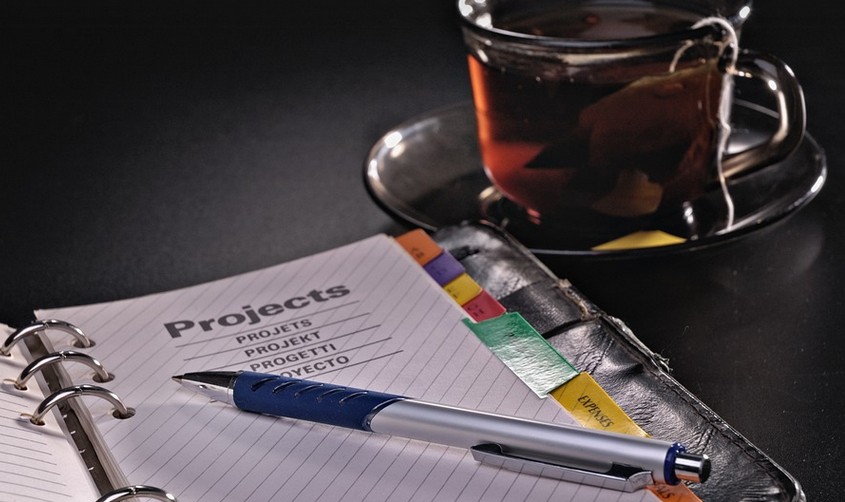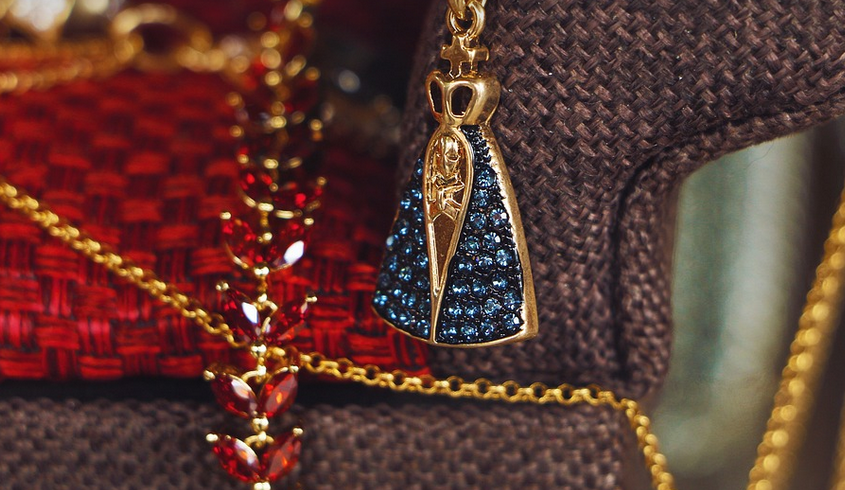
Decoding the Digital Dance of Embroidery Design
So, you’ve got a fantastic embroidery design idea in your head, but it seems like there’s just one tiny detail holding it back: the digitizing fees. Don’t panic, though! Let’s break down this often-bewildering aspect of the embroidery world.
What Exactly is Digitization?
Think of digitization as the magic bridge between your creative vision and a needle-and-thread reality. It’s the process of converting your hand-drawn artwork or design into machine-readable data that an embroidery machine can understand. This data tells the machine exactly where to sew each stitch, thread color, and density.
Imagine you’re trying to teach a robot how to draw. You’d need to give it detailed instructions—the robot needs to “see” your design in terms of dots on a grid. Digitizing is that process for embroidery machines. It’s like turning your artistic strokes into intricate code!
Why Are Digitization Fees Important?
Let’s talk about the why, shall we? We all have that creative spark, but bringing it to life requires more than just a quick sketch. Digitization is crucial for many reasons:
* **Machine Consistency:** Embroidery machines operate on specific software and follow precise instructions. Digitizing ensures everything runs smoothly from start to finish, minimizing errors and inconsistencies in the final product. * **Precision and Quality:** A skilled digitizer can translate your design into a perfect embroidery pattern. This includes considering intricate details like thread colors, stitch types, and even the placement of embellishments for a polished, professional finished product.
**Understanding Digitization Fees**
The pricing of digitization fees can vary significantly based on several factors. Here’s a breakdown:
* **Complexity of Design:** A simple design with straightforward stitches might only cost a couple of hundred dollars, but a highly detailed design with intricate patterns and colors could easily reach several thousand dollars.
**The Importance of Communication**
*
Communication is your best friend when it comes to digitization fees! Be upfront about what you’re envisioning.
Share any specific requirements – say, thread colors, stitch types or even a desired level of detail. The more information you provide the digitizer, the better they can understand your vision and deliver an accurate digitized file.
Finding the Right Digitizer
With so many options out there, finding the right digitizer can feel like navigating a sea of possibilities. Here’s how to make the process smoother:
* **Portfolio and Experience:** First, look for digitizers who have experience with your specific type of embroidery project. A portfolio will give you a glimpse into their abilities and style. * **Communication Style:** Just like finding the right words for an embroidery design, you’ll want someone who communicates clearly. Ask about their approach to projects and find someone who resonates with you as a client.
Things To Consider When Digitizing
There are several other factors that merit your attention when choosing a digitizer:
* **File Types:** What format will the digitised file be delivered in? Common formats include: “.emb” or “.dst”. Make sure you understand which format the digitizer uses before proceeding.
* **Turnaround Time:** If deadlines are tight, ensure the digitizer can deliver within your time frame. * **Revisions:** Some digitizers offer multiple revisions. It’s good to know if there is a limit or if they’re willing to make adjustments when needed.
Remember, digitizing is an investment that pays off in the long run by ensuring flawless embroidery projects. Don’t be afraid to ask questions and request clarifications to make sure you’re on the same page with your chosen digitizer.

